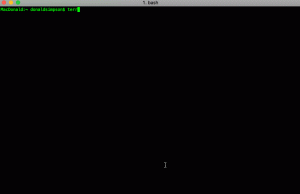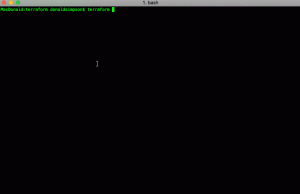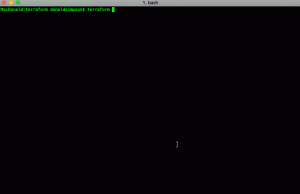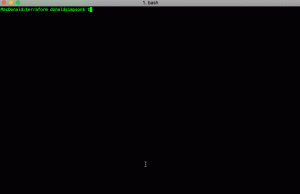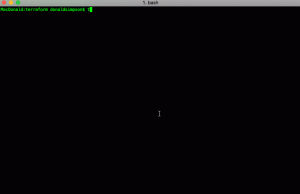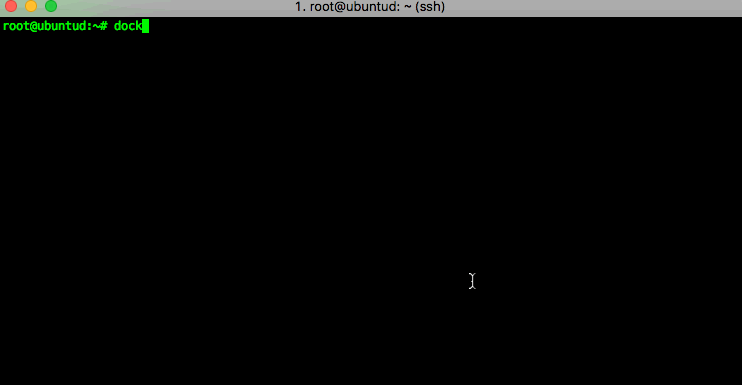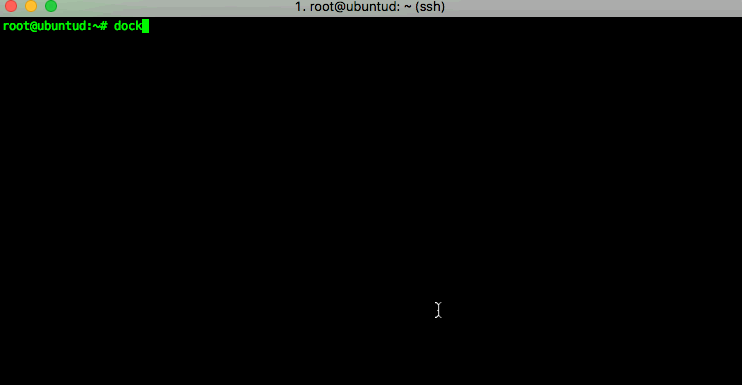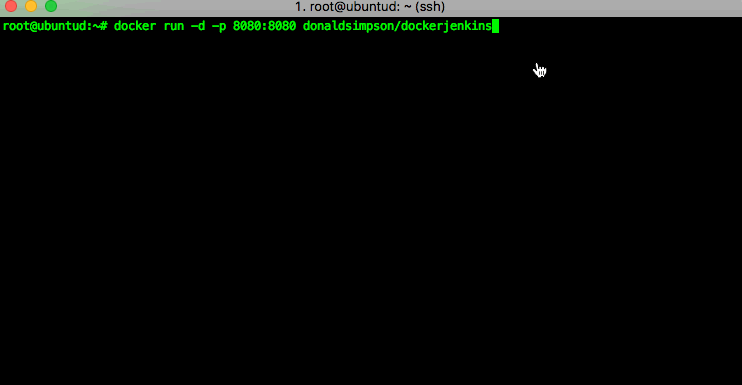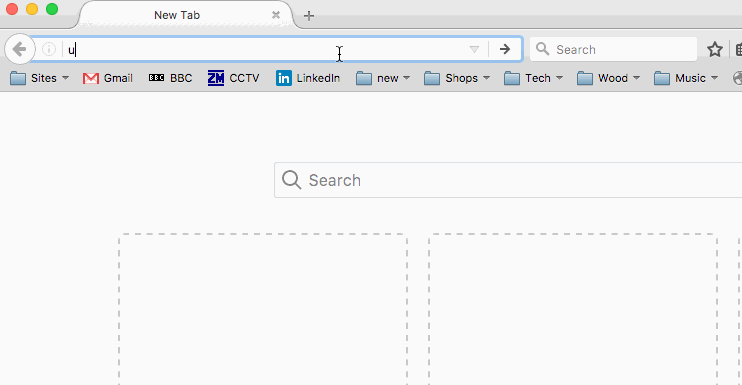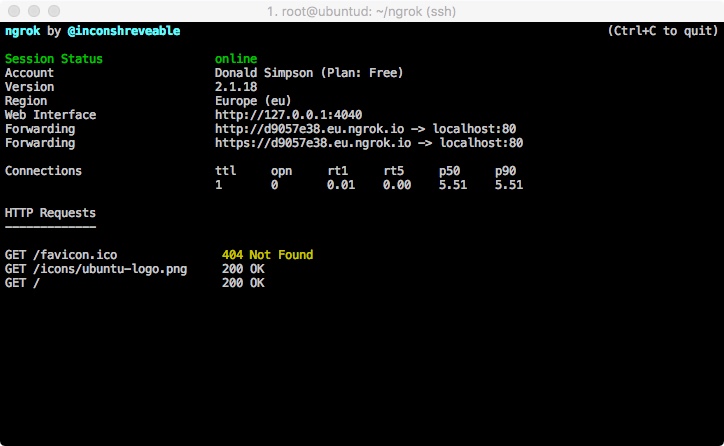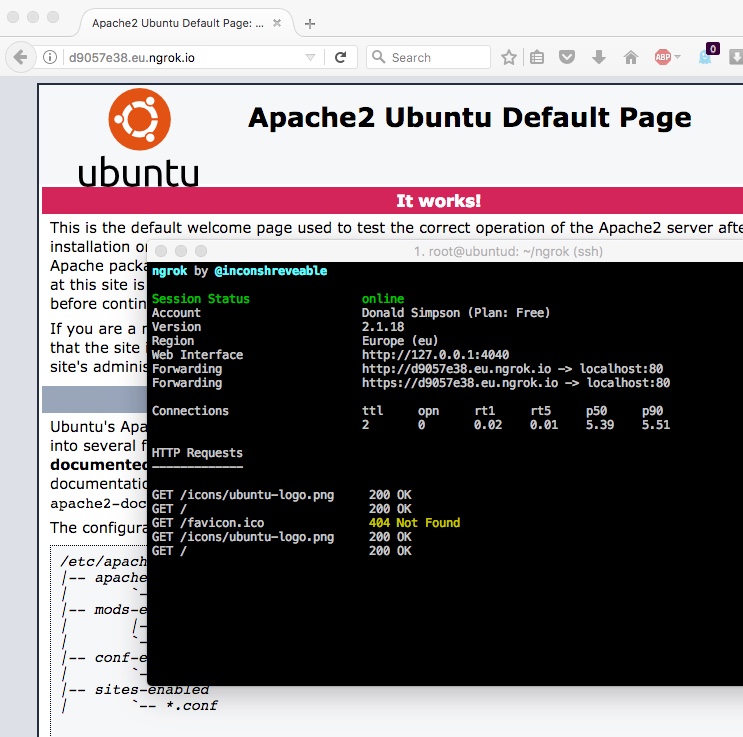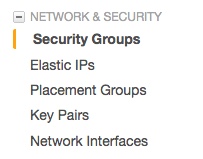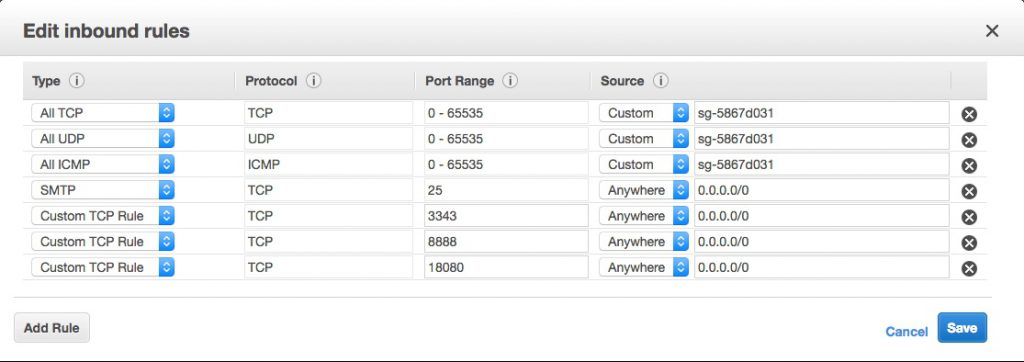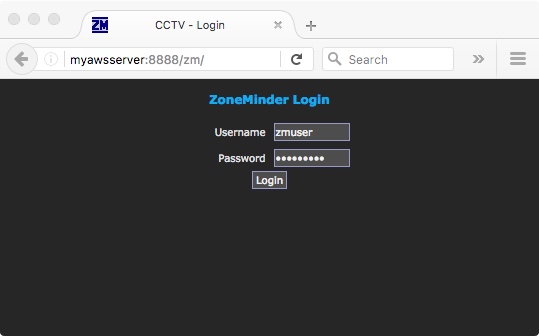Introduction
This is Step 1 in my recent Kubernetes setup where I very quickly describe the process followed to build and configure the basic requirements for a simple Kubernetes cluster.
Step 2 is here https://www.donaldsimpson.co.uk/2018/12/29/kubernetes-from-cluster-reset-to-up-and-running/
and Step 3 where I set up Helm and Tiller and deploy an initial chart to the cluster: https://www.donaldsimpson.co.uk/2019/01/03/kubernetes-adding-helm-and-tiller-and-deploying-a-chart/
The TL/DR
A quick summary should cover 99% of this, but I wanted to make sure I’d recorded my process/journey to get there – to cut a long story short, I ended up using this Ansible project:
https://github.com/DonaldSimpson/ansible-kubeadm
which I forked from the original here:
https://github.com/ben-st/ansible-kubeadm
on the 5 Ubuntu linux hosts I created by hand (the horror) on my VMWare ESX home lab server. I started off writing my own ansible playbook which did the job, then went looking for improvements and found the above fitted my needs perfectly.
The inventory file here: https://github.com/DonaldSimpson/ansible-kubeadm/blob/master/inventory details the addresses and functions of the 5 hosts – 4 x workers and a single master, which I’m planning on keeping solely for master role.
My notes:
Host prerequisites are in my rough notes below – simple things like ssh keys, passwwordless sudo from the ansible user, installing required tools like python, setting suitable ip addresses and adding the users you want to use. Also allocating suitable amounts of mem, cpu and disk – all of which are down to your preference, availability and expectations.
https://kubernetes.io/docs/setup/independent/create-cluster-kubeadm/
ubuntumaster is 192.168.0.46
su – ansible
check history
ansible setup
https://www.howtoforge.com/tutorial/setup-new-user-and-ssh-key-authentication-using-ansible/
1 x master - sudo apt-get install open-vm-tools-desktop - sudo apt install openssh-server vim whois python ansible - export TERM=linux re https://stackoverflow.com/questions/49643357/why-p-appears-at-the-first-line-of-vim-in-iterm
- /etc/hosts:
127.0.1.1 umaster
192.168.0.43 ubuntu01
192.168.0.44 ubuntu02
192.168.0.45 ubuntu03
// slave nodes need:ssh-rsa AAAAB3NzaC1y<snip>fF2S6X/RehyyJ24VhDd2N+Dh0n892rsZmTTSYgGK8+pfwCH/Vv2m9OHESC1SoM+47A0iuXUlzdmD3LJOMSgBLoQt ansible@umaster
added to root user auth keys in .ssh and apt install python ansible -y
//apt install python ansible -y
useradd -m -s /bin/bash ansible
passwd ansible <type the password you want>
echo -e ‘ansible\tALL=(ALL)\tNOPASSWD:\tALL’ > /etc/sudoers.d/ansibleecho -e 'don\tALL=(ALL)\tNOPASSWD:\tALL' > /etc/sudoers.d/don
mkpasswd --method=SHA-512 <type password "secret">
Password:
$6$dqxHiCXHN<snip>rGA2mvE.d9gEf2zrtGizJVxrr3UIIL9Qt6JJJt5IEkCBHCnU3nPYH/
su - ansible
ssh-keygen -t rsa
cd ansible01/
vim inventory.ini
ansible@umaster:~/ansible01$ cat inventory.ini
[webserver]
ubuntu01 ansible_host=192.168.0.43
ubuntu02 ansible_host=192.168.0.44
ubuntu03 ansible_host=192.168.0.45
ansible@umaster:~/ansible01$ cat ansible.cfg
[defaults]
inventory = /home/ansible/ansible01/inventory.ini
ansible@umaster:~/ansible01$ ssh-keyscan 192.168.0.43 >> ~/.ssh/known_hosts
# 192.168.0.43:22 SSH-2.0-OpenSSH_7.6p1 Ubuntu-4
# 192.168.0.43:22 SSH-2.0-OpenSSH_7.6p1 Ubuntu-4
# 192.168.0.43:22 SSH-2.0-OpenSSH_7.6p1 Ubuntu-4
ansible@umaster:~/ansible01$ ssh-keyscan 192.168.0.44 >> ~/.ssh/known_hosts
# 192.168.0.44:22 SSH-2.0-OpenSSH_7.6p1 Ubuntu-4
# 192.168.0.44:22 SSH-2.0-OpenSSH_7.6p1 Ubuntu-4
# 192.168.0.44:22 SSH-2.0-OpenSSH_7.6p1 Ubuntu-4
ansible@umaster:~/ansible01$ ssh-keyscan 192.168.0.45 >> ~/.ssh/known_hosts
# 192.168.0.45:22 SSH-2.0-OpenSSH_7.6p1 Ubuntu-4
# 192.168.0.45:22 SSH-2.0-OpenSSH_7.6p1 Ubuntu-4
# 192.168.0.45:22 SSH-2.0-OpenSSH_7.6p1 Ubuntu-4
ansible@umaster:~/ansible01$ cat ~/.ssh/known_hosts
or could have donefor i in $(cat list-hosts.txt)
do
ssh-keyscan $i >> ~/.ssh/known_hosts
done
cat deploy-ssh.yml
—
– hosts: all
vars:
– ansible_password: ‘$6$dqxHiCXH<kersnip>l.urCyfQPrGA2mvE.d9gEf2zrtGizJVxrr3UIIL9Qt6JJJt5IEkCBHCnU3nPYH/’
gather_facts: no
remote_user: root
tasks:
– name: Add a new user named provision
user:
name=ansible
password={{ ansible_password }}
– name: Add provision user to the sudoers
copy:
dest: “/etc/sudoers.d/ansible”
content: “ansible ALL=(ALL) NOPASSWD: ALL”
– name: Deploy SSH Key
authorized_key: user=ansible
key=”{{ lookup(‘file’, ‘/home/ansible/.ssh/id_rsa.pub’) }}”
state=present
– name: Disable Password Authentication
lineinfile:
dest=/etc/ssh/sshd_config
regexp=’^PasswordAuthentication’
line=”PasswordAuthentication no”
state=present
backup=yes
notify:
– restart ssh
– name: Disable Root Login
lineinfile:
dest=/etc/ssh/sshd_config
regexp=’^PermitRootLogin’
line=”PermitRootLogin no”
state=present
backup=yes
notify:
– restart ssh
handlers:
– name: restart ssh
service:
name=sshd
state=restarted
// end of the above file
ansible-playbook deploy-ssh.yml –ask-pass
results inLAY [all] *********************************************************************************************************************************************************************************************************************************************************************
TASK [Add a new user named provision] ******************************************************************************************************************************************************************************************************************************************
fatal:
[ubuntu02]
: FAILED! => {"msg": "to use the 'ssh' connection type
with passwords, you must install the sshpass program"}
for each node/slave/hostsudo apt-get install -y sshpass
ubuntu01 ansible_host=192.168.0.43
ubuntu02 ansible_host=192.168.0.44
ubuntu03 ansible_host=192.168.0.45
kubernetes setup
https://www.techrepublic.com/article/how-to-quickly-install-kubernetes-on-ubuntu/run install_apy.yml against all hosts and localhost too
on master:
kubeadm init
results in:root@umaster:~# kubeadm init
[init] using Kubernetes version: v1.11.1
[preflight] running pre-flight checks
I0730 15:17:50.330589 23504 kernel_validator.go:81] Validating kernel version
I0730 15:17:50.330701 23504 kernel_validator.go:96] Validating kernel config
[WARNING SystemVerification]: docker version is greater than the most
recently validated version. Docker version: 17.12.1-ce. Max validated
version: 17.03
[preflight] Some fatal errors occurred:
[ERROR Swap]: running with swap on is not supported. Please disable swap
[preflight] If you know what you are doing, you can make a check non-fatal with `–ignore-preflight-errors=…`
root@umaster:~#
doswapoff -a then try again
kubeadm init… wait for images to be pulled etc – takes a while
Your Kubernetes master has initialized successfully!
To start using your cluster, you need to run the following as a regular user:
mkdir -p $HOME/.kube
sudo cp -i /etc/kubernetes/admin.conf $HOME/.kube/config
sudo chown $(id -u):$(id -g) $HOME/.kube/config
You should now deploy a pod network to the cluster.
Run “kubectl apply -f [podnetwork].yaml” with one of the options listed at:
https://kubernetes.io/docs/concepts/cluster-administration/addons/
You can now join any number of machines by running the following on each node
as root:
kubeadm join 192.168.0.46:6443 --token 9e85jo.77nzvq1eonfk0ar6 --discovery-token-ca-cert-hash sha256:61d4b5cd0d7c21efbdf2fd64c7bca8f7cb7066d113daff07a0ab6023236fa4bc
root@umaster:~#
Next up…
The next post in the series is here: https://www.donaldsimpson.co.uk/2018/12/29/kubernetes-from-cluster-reset-to-up-and-running/ and details an automated process to scrub my cluster and reprovision it (form a Kubernetes point of view – the hosts are left intact).


















